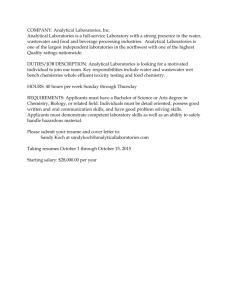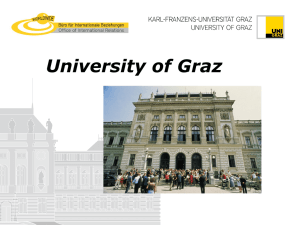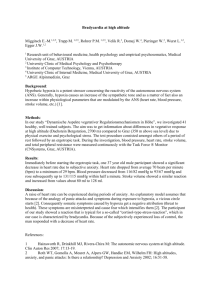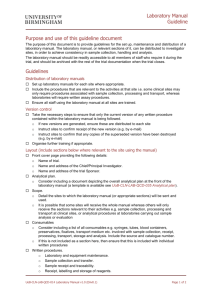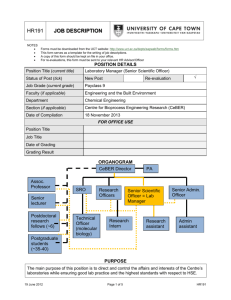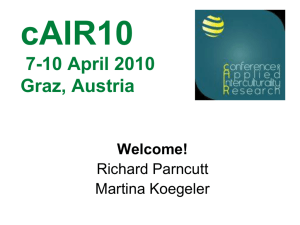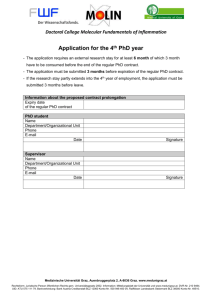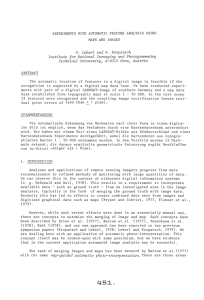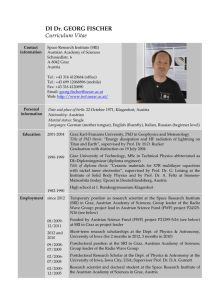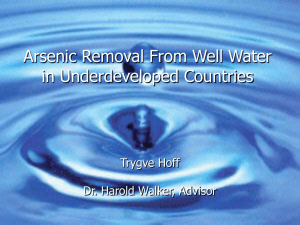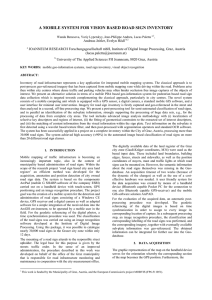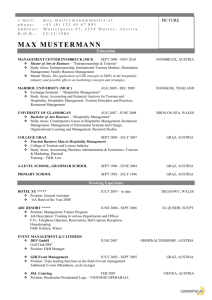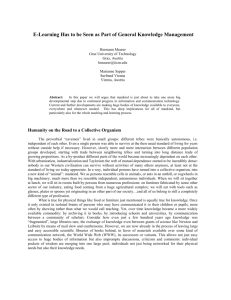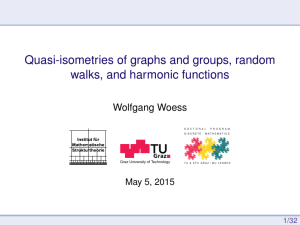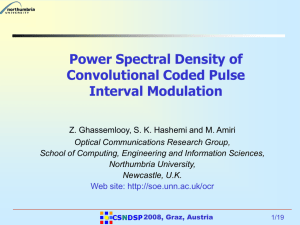Abstract27 - Harvard University Department of Physics
advertisement
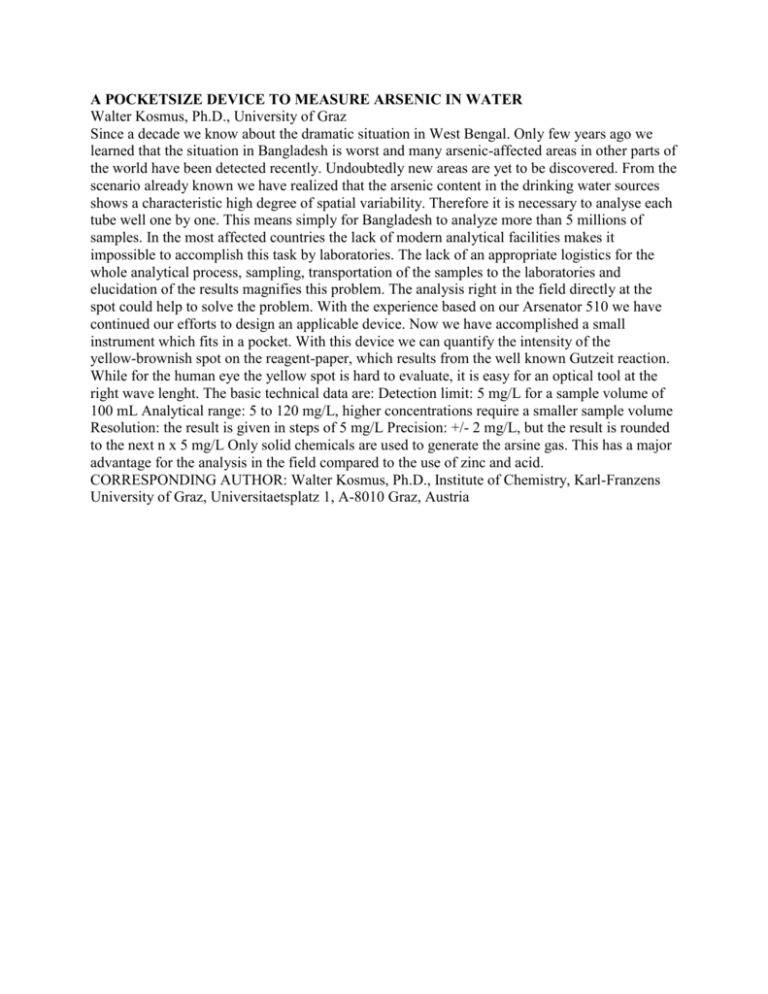
A POCKETSIZE DEVICE TO MEASURE ARSENIC IN WATER Walter Kosmus, Ph.D., University of Graz Since a decade we know about the dramatic situation in West Bengal. Only few years ago we learned that the situation in Bangladesh is worst and many arsenic-affected areas in other parts of the world have been detected recently. Undoubtedly new areas are yet to be discovered. From the scenario already known we have realized that the arsenic content in the drinking water sources shows a characteristic high degree of spatial variability. Therefore it is necessary to analyse each tube well one by one. This means simply for Bangladesh to analyze more than 5 millions of samples. In the most affected countries the lack of modern analytical facilities makes it impossible to accomplish this task by laboratories. The lack of an appropriate logistics for the whole analytical process, sampling, transportation of the samples to the laboratories and elucidation of the results magnifies this problem. The analysis right in the field directly at the spot could help to solve the problem. With the experience based on our Arsenator 510 we have continued our efforts to design an applicable device. Now we have accomplished a small instrument which fits in a pocket. With this device we can quantify the intensity of the yellow-brownish spot on the reagent-paper, which results from the well known Gutzeit reaction. While for the human eye the yellow spot is hard to evaluate, it is easy for an optical tool at the right wave lenght. The basic technical data are: Detection limit: 5 mg/L for a sample volume of 100 mL Analytical range: 5 to 120 mg/L, higher concentrations require a smaller sample volume Resolution: the result is given in steps of 5 mg/L Precision: +/- 2 mg/L, but the result is rounded to the next n x 5 mg/L Only solid chemicals are used to generate the arsine gas. This has a major advantage for the analysis in the field compared to the use of zinc and acid. CORRESPONDING AUTHOR: Walter Kosmus, Ph.D., Institute of Chemistry, Karl-Franzens University of Graz, Universitaetsplatz 1, A-8010 Graz, Austria
